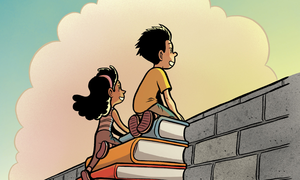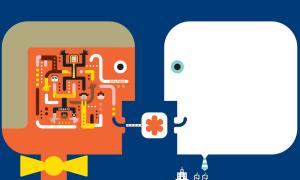article
Empathy Builds Foundation for Academic Home
The transition from middle school to ninth grade creates chaos for students. In eighth grade, students know their teachers and their classmates. They have a safe academic home. Then comes high school.

